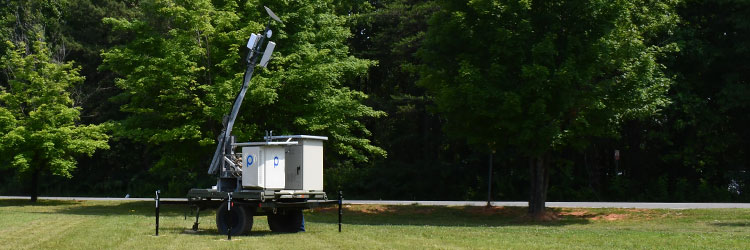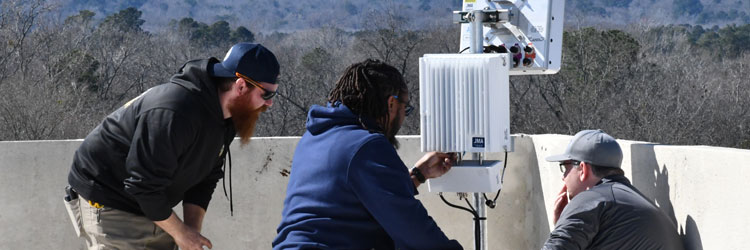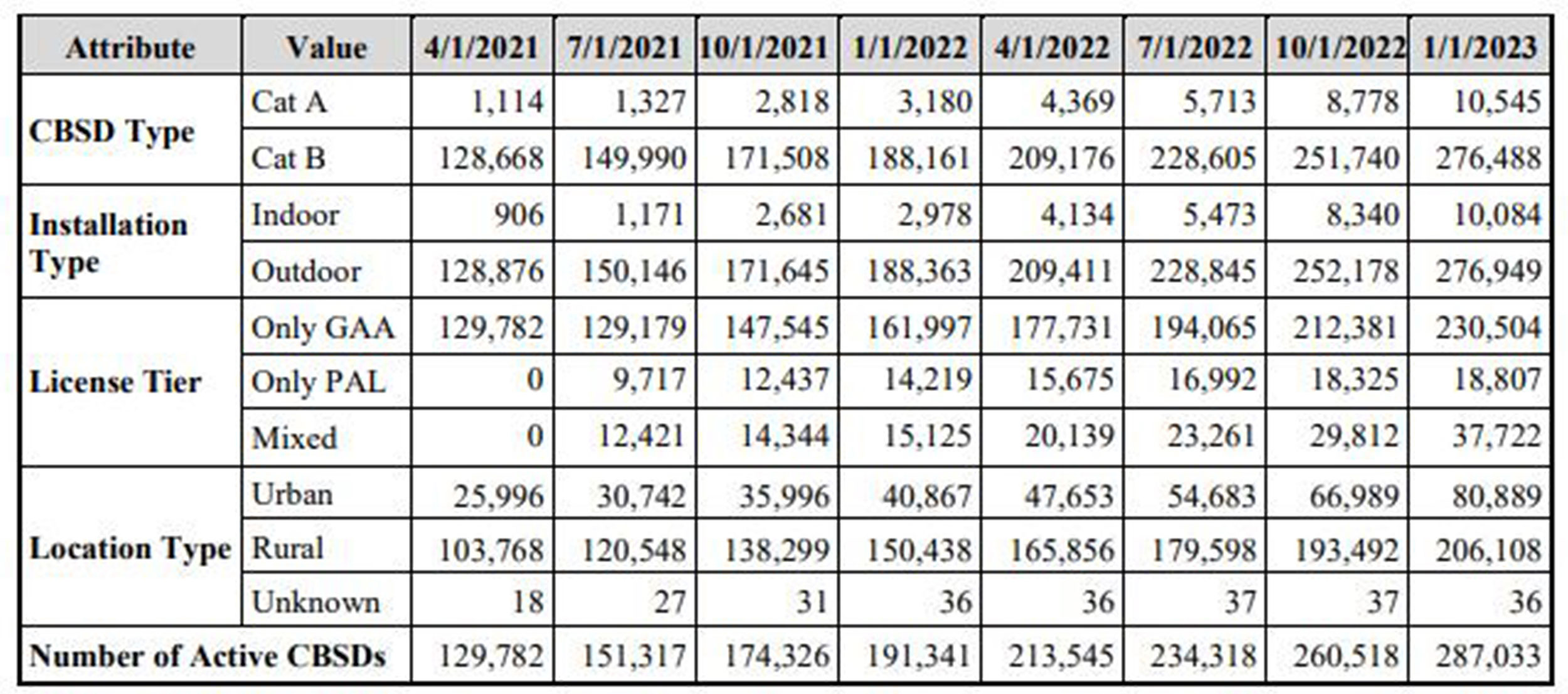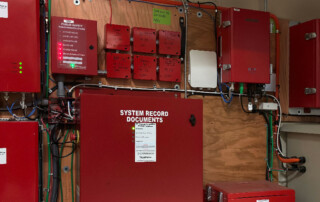The National Telecommunications and Information Association (NTIA) released data on May 1 that shows dramatic growth in CBRS (Citizens Broadband Radio Service) adoption, buoying the spectrum’s claim as the “Innovation Band” and paving the way for broader adoption of CBRS in the deployment of private networks.
The NTIA is an agency located within the Department of Commerce and is responsible by law for advising the Executive Branch on telecommunications and information policy issues, focusing primarily on expanding broadband internet access and adoption in the United States, growing the use of spectrum by all users, and ensuring the internet remains a catalyst for innovation and economic growth in this country.
CBRS is a 150 MHz-wide domestic broadcast band (3.55-3.70 GHz). In January 2020, the Federal Communications Commission (FCC) authorized full use of the band’s spectrum for wireless service provider commercialization, paving the way for the deployment of private networks. The goals of CBRS were to spur growth in wireless broadband devices, generate cost-effective wireless broadband solutions for rural communities, enhance economic competitiveness, grow innovation and productivity, and improve public safety. CBRS is governed by a three-tiered spectrum authorization framework:
- Incumbent Access – Legacy band users, namely satellite ground stations and the US Navy.
- Priority Access License (PAL) – Auctioned, 10-year licenses for up to 70 MHz of CBRS spectrum, available on a county-by-county basis. Use may not interfere with Incumbent Access entities.
- General Authorized Access (GAA) – The 80 MHz balance of the CBRS spectrum that’s not allocated to a PAL. Use of this portion of the spectrum does not require a license, but it does require interference coordination via a Spectrum Access System (SAS).
The NTIA report leverages operational data from SAS administrators obtained by the NTIA’s Institute for Telecommunications Sciences (ITS). The data covers the period between April 1, 2021, and January 1, 2023.
Among the revelations from the data analysis is a 121 percent growth in the number of CBRS deployments in use over the report’s 21-month period.
Other key findings include:
- CBRS deployments grew steadily with a mean quarterly increase of 12 percent.
- As of January 1, 2023, there were 128,351 active CBSDs (CBRS devices) in Dynamic Protection Areas (DPA) counties with a total population of more than 232 million residents. DPA defines the area or points with frequency ranges where incumbent access users are protected from interference by GAA or PAL users.
- CBSDs with Priority Access License grants grew at an increase of 17 percent per quarter.
- General Authorized Access CBSDs were the dominant deployment, and as of January 1, 2023, four out of five active CBSDs were GAA-only. A total of 85 percent of all active grants were GAA and two-thirds of active deployments with a PAL grant also had at least one active GAA grant.
- As of January 1, 2023, 78.1 percent of all counties nationwide had at least one active CBSD, up from 56.4% on April 1, 2021. The percentage of counties that had all 15 channels granted was 32.9 percent at the beginning of 2023, up from 10 percent on April 1, 2021.
- Over 70 percent of active deployments are located in rural census blocks.
NATIONWIDE COUNTS OF ACTIVE CBSDs BY CATEGORY
In summary, the data supports what private network integrators have been experiencing over the past two years – significant growth and interest in the deployment of private networks to provide greater bandwidth, security, and control over a network environment for a variety of industries, use cases, and environments.
Pierson Wireless is an industry leader in the design, deployment, and ongoing support of private network solutions. We communicate closely with our customers at every step of their private network journey – initial site assessment and feasibility analysis, design and engineering phases, proof of concept deployment, on-site network demonstration, and finally, the activation of their unique private network solution.
To learn more about how a private network operates and how it can improve your business operations, contact our expert team today!

























Leave A Comment